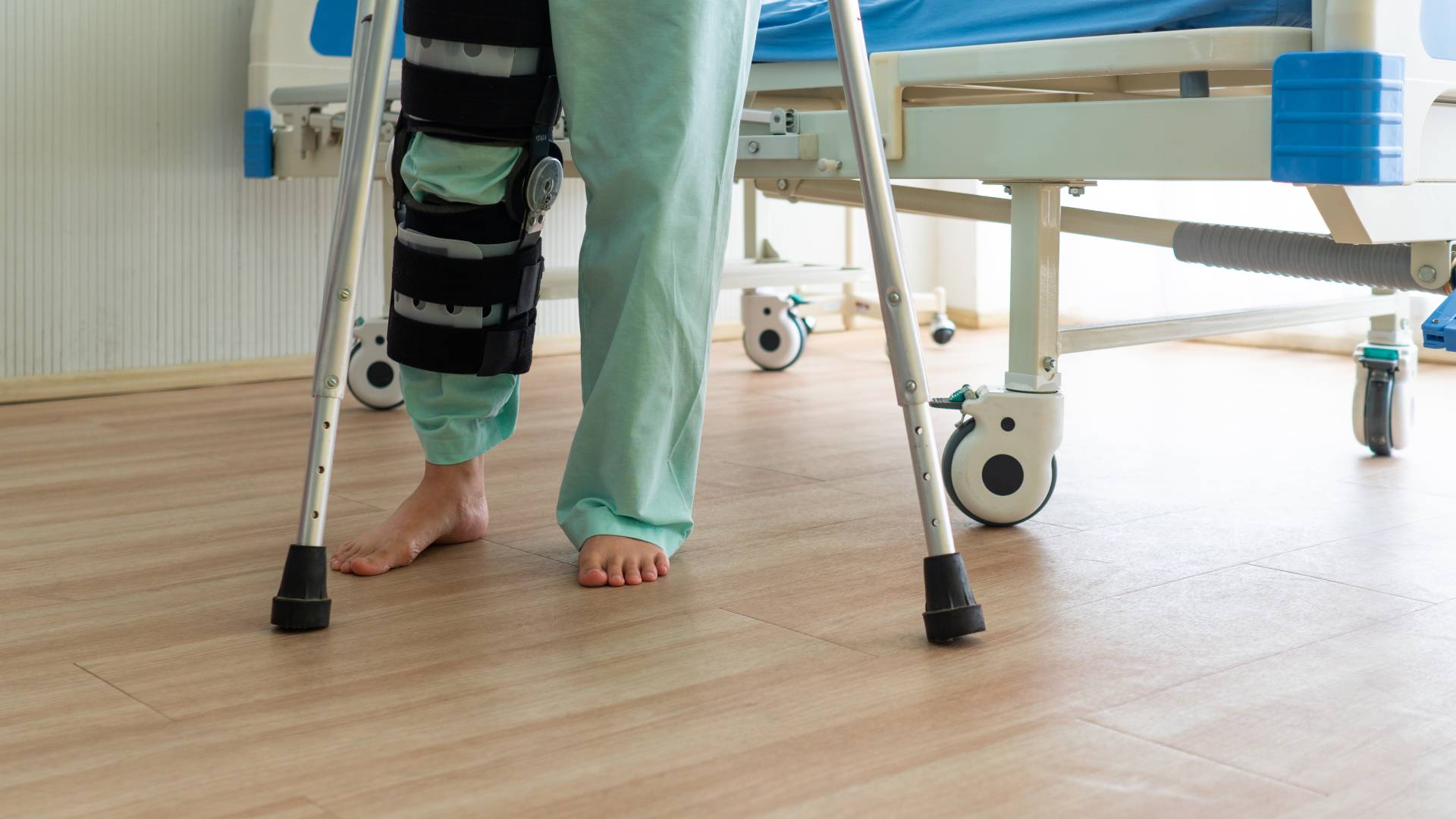4 Tips for Helping Patients Regain Mobility After Surgery

Discover tips to aid patients in recovering after surgery. From tailored exercises to family support, these methods can enhance mobility and well-being.
Regaining mobility after surgery is a significant challenge for many patients as they struggle with pain, physical weakness, and mental hurdles. However, improving mobility is crucial because it enhances overall recovery, promotes independence, and reduces the risk of complications. Improve the rehabilitation process with these four tips for helping patients regain mobility after surgery.
Encourage Short, Frequent Walks
Encouraging patients to take short, frequent walks is an effective way to build strength gradually. Starting with brief strolls around their home or hospital room can help patients get accustomed to movement without overwhelming their bodies. Over time, these walks can be extended to longer durations and distances.
Regular walking not only helps to strengthen the muscles but also enhances cardiovascular health, which is vital for overall recovery. It’s important to monitor the patient’s comfort and pain levels, adjusting the frequency and duration of walks as necessary.
Implement Personalized Exercise Routines
Personalized exercise routines tailored to the patient’s specific needs can ensure safe and effective rehabilitation. These routines should focus on strengthening the muscles around the affected area while also working on flexibility and balance. Exercises such as gentle stretching, leg lifts, and seated marches can be excellent starting points.
Demonstrating proper techniques and providing written instructions can help patients feel more confident and committed to their routines. Regularly review and adjust the exercise plan to help keep the patient motivated as they progress.
Hospital Beds Aid Early Recovery Stages
Hospital beds can help surgery rehab patients with many aspects of recovery, including physical therapy. For example, adjusting the bed’s positioning can support exercises that focus on upper body strength and flexibility before patients are fully mobile. Additionally, built-in support rails facilitate safer movement from the bed to standing or walking.
Provide Consistent Positive Reinforcement
Consistent positive reinforcement can significantly boost patient morale as they regain mobility after surgery. Celebrating small milestones, such as successfully completing an exercise or walking a certain distance, can make a big difference in a patient’s outlook. Verbal praise and encouragement from medical professionals can reinforce the patient’s sense of achievement.
Additionally, tracking progress with a visual aid, such as a chart or journal, can provide tangible evidence of improvement. This method not only motivates patients but also helps them understand the benefits of their efforts. By creating a positive and supportive environment, medical professionals can help patients stay focused and committed to their rehabilitation goals.
Involve Family Members or Caregivers
Involving family members or caregivers in the recovery process can offer patients valuable emotional support and companionship. These individuals can assist with daily activities and help ensure the patient adheres to their rehabilitation plan. Their presence can also reduce feelings of isolation.
Educating family members or caregivers about the patient's exercises and progress helps them give better support. Regular communication between medical professionals and caregivers helps keep everyone on the same page and makes it easier to address any concerns promptly.
Fear and frustration with the recovery process may slow the patient’s progress and return to normalcy. A combination of tailored exercise routines, positive reinforcement, and support from family members or caregivers creates a structured, supportive environment that can guide patients. Encourage your patients to stay committed and celebrate each step forward on their journey to better mobility.






